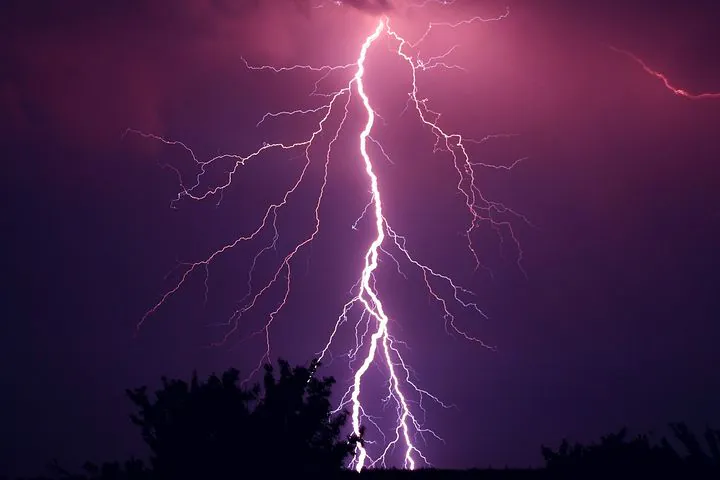Artificial Intelligence
AI Weather Model Uses 7,000 Times Less Power Than Traditional Models

Weather forecasting is one of the crucial tasks that our most powerful computers undertake. It requires millions of calculations and massive machines solving equations, which help predict conditions like temperature, wind, and rainfall. It is also a vital tool for predicting big weather events, which can disrupt entire regions and economies.
The field of weather forecasting continues to improve rapidly as our technology evolves, becoming more accurate and efficient. New work stemming from a collaboration between the University of Washington and Microsoft Research demonstrates how artificial intelligence (AI) can be used for these exact predictions. The new technology analyzes past weathers patterns to predict future events, and it does so more efficiently than current models. With more advancements, it could also reach a point where it is much more accurate than today’s models as well.
New Global Weather Model
The new global weather model uses the last 40 years of weather data to make its predictions, which is different than others that use physics calculations. The new model is simple and data-based, and it can simulate weather patterns for an entire year, being applied all around the world. It is both faster and just as efficient as current models, which it achieves through repeated steps with each forecast
The research was publishedin the Journal of Advances in Modeling Earth Systems.
Jonathan Weyn is lead author of the research.
“Machine learning is essentially doing a glorified version of pattern recognition,” said Weyn. “It sees a typical pattern, recognizes how it usually evolves and decides what to do based on the examples it has seen in the past 40 years of data.”
The new model is currently less accurate than today’s state-of-the-art models, but by being based on AI, it utilizes 7,000 times less computer power to develop the same range of forecasts. Because it has a smaller computational workload, it is faster.
Ensemble Forecasting
With this increased speed, forecasting centers would be able to run multiple models with different conditions. This is called “ensemble forecasting,” and it is used to make predictions on a range of possible conditions for a weather event.
Dale Durran is a UW professor of atmospheric sciences and an author of the research.
“There's so much more efficiency in this approach; that's what's so important about it,” said Durran. “The promise is that it could allow us to deal with predictability issues by having a model that's fast enough to run very large ensembles.”
This project began when Rich Caruana at Microsoft Research, who is a co-author of the paper, proposed using AI for weather predictions based on historical data. This meant physical laws no longer had to be relied on to make such predictions.
“After training on past weather data, the A.I. algorithm is capable of coming up with relationships between different variables that physics equations just can't do,” Weyn said. “We can afford to use a lot fewer variables and therefore make a model that's much faster.”
The model was tested by predicting a standard variable in weather forecasting. It made predictions every 12 hours for an entire year, and the new model was one of the top performers according to WeatherBench, which is a benchmark test for data-driven weather forecasts.
The researchers must continue to tune the model if it is to be used alongside or in place of existing models. The authors believe this could be an alternative to generating weather forecasts in the future.














